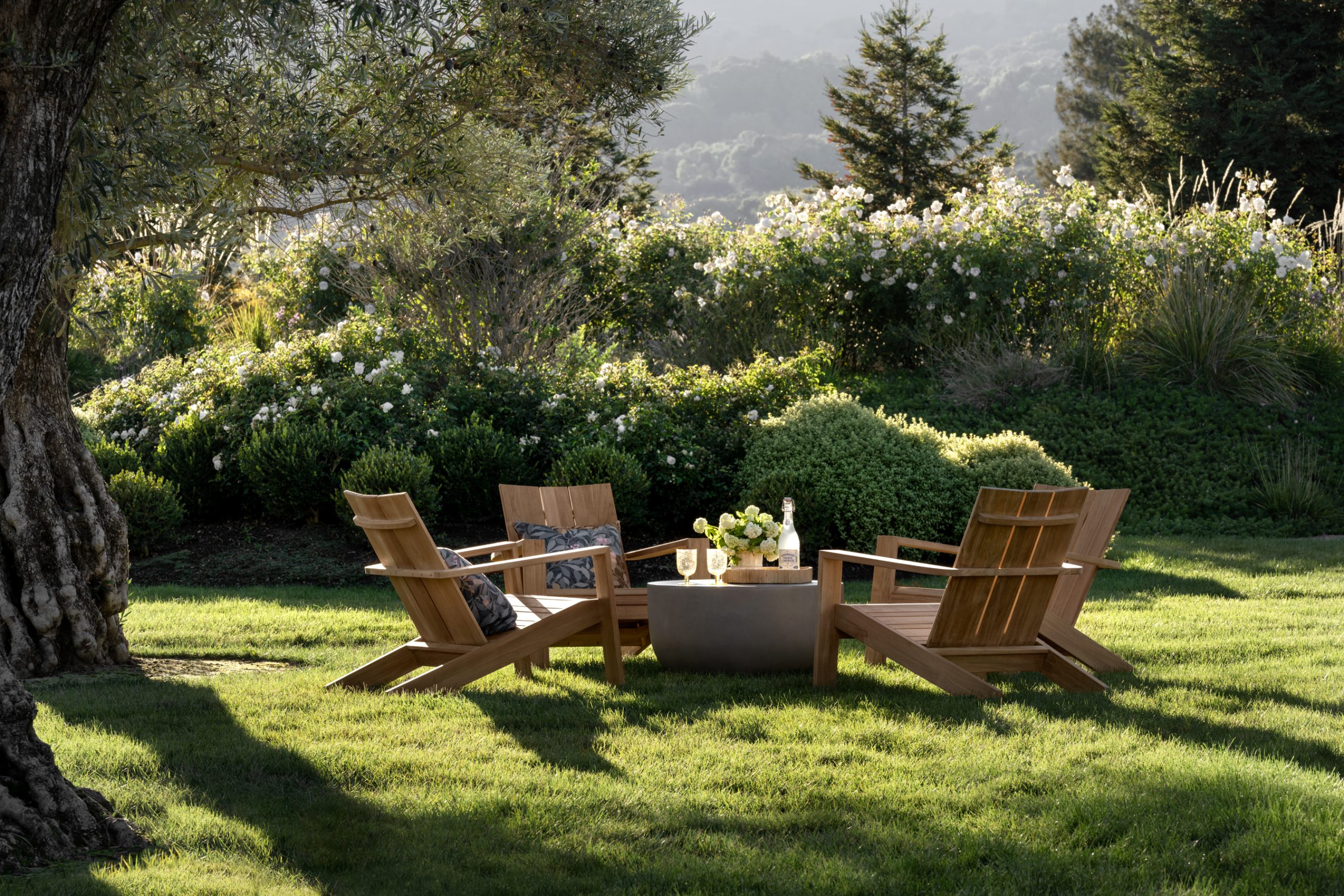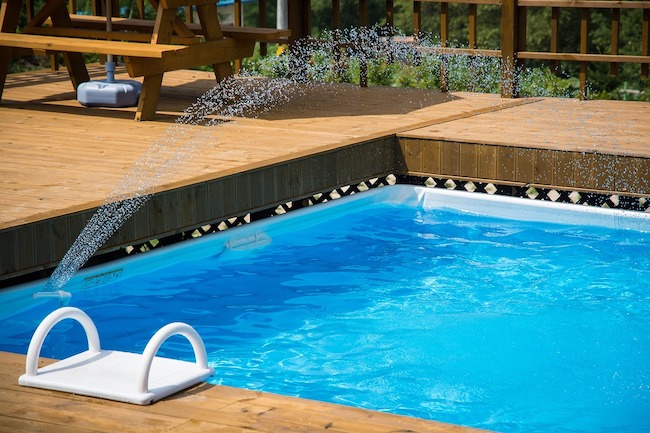Every garden enthusiast has the dream of lounging in a beautiful garden. But if they’re toiling and sweating for this dream at the same time, it can be more than they can bear. But never fear! This comprehensive book on garden practices will walk you through the basics of landscape design and gardening, along with expert tips to create your little oasis outdoors.
To easily manage your garden year-round and keep it beautiful with minimal effort, just memorize five points. This blog post will teach you efficient watering techniques and simple methods for weeding. You might want to take a closer look at its recommendations.
The Basics of Landscape Architecture
Your choice of plants and layout will greatly affect the overall appearance and long-term survival of your garden. Here are some important reminders:
Understand the local climate and soil conditions. You should familiarize yourself with the local climate and soil conditions before picking out plants. Certain plants thrive best under damp humus filled with water, while others prefer dry sandy soil or shade. With plants that are suitable for your soil characteristics and climate, you can have a flourishing garden for minimal effort.
Creating Focal Points And Caring for the Whole
In order to achieve an attractive garden, proper focal points and a sound design are essential. In order to achieve decorative cohesion, consider adding paths or garden statuary or even a seating area in some part of your garden. In addition, your plants may be easier on the eye if colour, texture, and height harmonize.
Important Tasks for Garden Maintenance
In taking care of your garden and maintenance, a number of different tasks must be done on a regular basis. You should:
Cut and Shape
Regular pruning is necessary if your plants are to produce aesthetic appeal. It’s important to realize the proper way to prune plants because each kind of plant is different for trimming. Regular landscaping trimming enhances aesthetic appeal and promotes sound growth.
Weeding And Mulching
Weeds are always a problem for gardeners. In order to prevent it you must clean your garden out from time to time to keep from having weed seeds come up. Yet mulching your garden has a further advantage in that it keeps the earth cooler and prevents weeds from growing. The result is a very attractive environment.
Watering And Irrigation System
Adequate watering is essential for plant health. Species of plants, environmental conditions, and soil moisture content each determine the ideal watering schedule. If you want to maximize water-use efficiency and have the right amount of water reach the roots, then you should think about installing a smart irrigation system.
Controlling Illnesses And Pests
But our gardens invoke pride, diseases and pests can sometimes be a major problem. Following are a few things you should know to protect your garden from them.
Recognising Common Ailments And Garden Pests
You need to be able to spot the symptoms of disease or pests in your plants so that you can respond quickly and effectively. Learn about the most common plant diseases and garden pests in your area, and the symptoms of warning in each case.
Keeping Your Garden In A Healthy Environment
Pests and diseases in gardens might be checked by creating a healthy ecosystem. Use companion planting techniques to attract beneficial insects that will naturally keep bugs down. Besides that, by promoting biodiversity (a variety of different life forms) on your property, you must protect the fragile balance of nature in gardens. Use organic insecticides only sparingly. Players in the same league are eating smaller meals so they can keep from starving themselves.
A Checklist For Maintaining Seasonal Gardens
To make sure your garden develops and stays healthy, you must tend to it throughout the seasons. Here is a seasonal maintenance checklist to assist you:
Spring: Clear the garden beds and soil of any weeds and debris before planting. Plant vigour and pruning during the winter months promote new growth.
Summer: Give your plants plenty of water, especially during the hot months. Water them often. To promote recurrent blooming and maintain a tidy appearance, deadhead and trim flowering plants.
Autumn: Remove rubbish and fallen leaves to prevent the spread of illness. Delicate plants benefit from pruning and protection as they get ready for winter slumber.
Winter: To protect plants from frost, move those that are susceptible to the cold indoors or cover them. During this time, plan the garden makeovers and upgrades for the next year.
Elevate Your Garden’s Bar
Here are two ideas that can help you improve your garden.
Including Environmentally Friendly Gardening Methods
Take into account green landscaping techniques like recycling and composting organic waste. The environmental impact of your garden may be mitigated by using eco-friendly materials for pathways and structures.
Add Noteworthy Structures And Attributes
To really make your garden stand out, think about adding unique accents. Construct a comfortable outdoor kitchen or seating area for relaxing and hosting guests, or install a water feature or pond for peaceful enjoyment.
In Summary
Keeping up a lovely garden doesn’t have to be hard. By understanding the principles of garden design, doing basic maintenance, and managing pests and diseases, you may easily build a healthy paradise in your own backyard. To improve your garden, don’t forget to apply unique elements, eco-friendly techniques, and seasonal layout changes. You may create the garden of your dreams if you take the suggestions in this article to heart!




